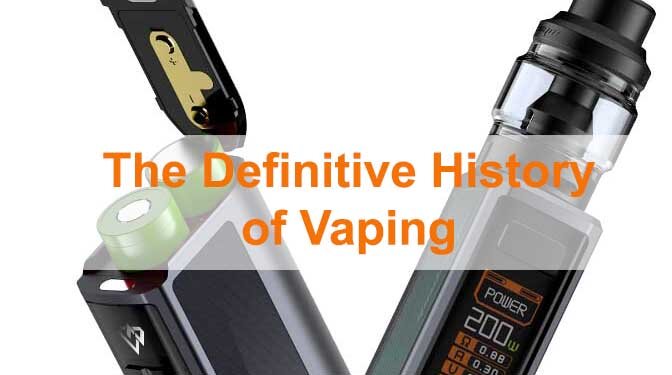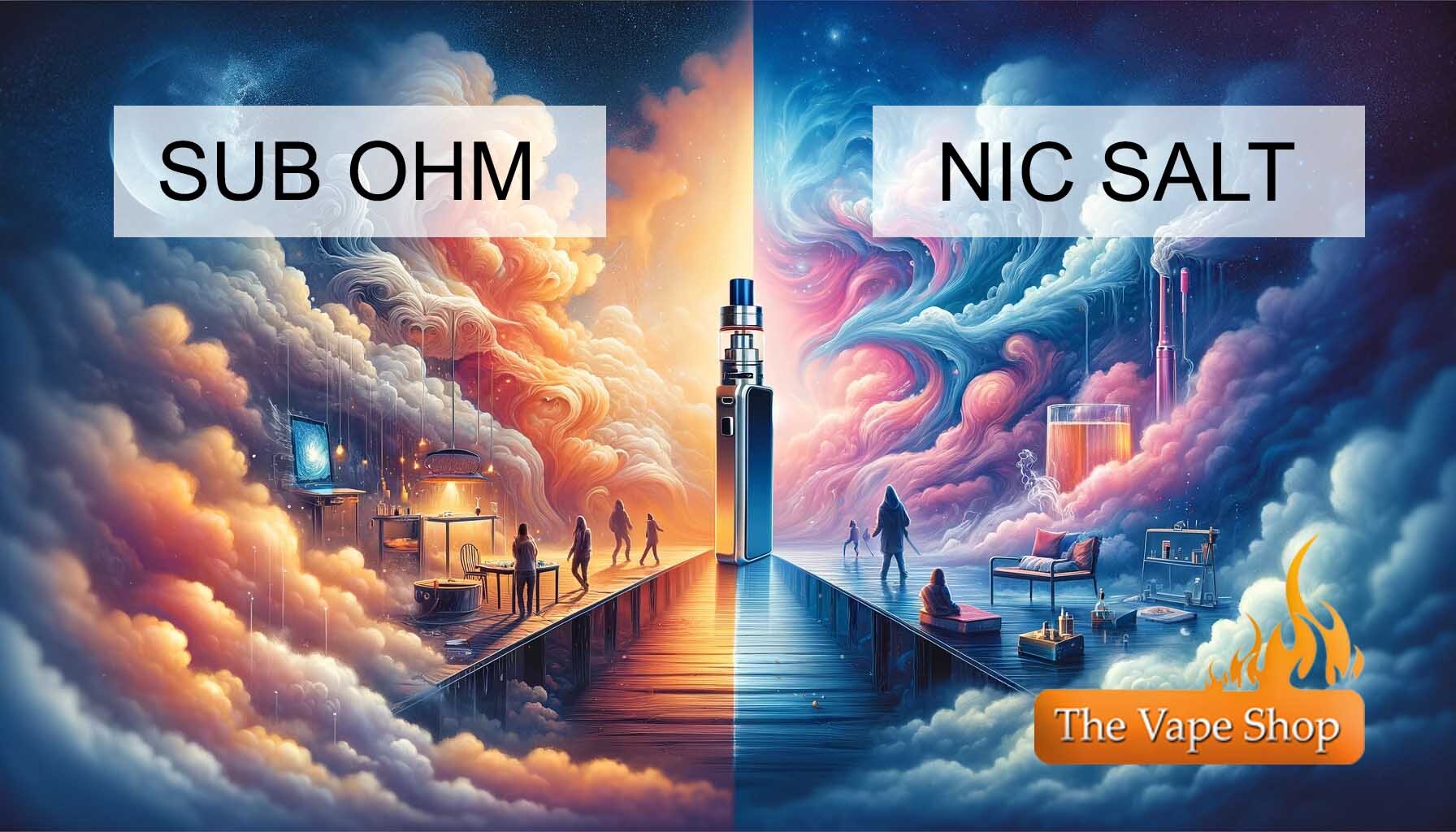A Timeline of When Vapes Were Invented
We’ve all heard about vaping and the debate around its safety and health benefits. But have you ever wondered about the history of vaping and when vapes were invented? The history of vaping is a fascinating one, with a timeline of events that stretch back more than 50 years. In this blog post, we’ll take a look at the history of vaping, from the invention of the modern vape to the emergence of electronic nicotine delivery systems. We’ll also explore how long vaping has been around, and answer some frequently asked questions about vaping. Let’s get started!
Introduction to Vaping
Vaping is a form of smoking that involves inhaling and exhaling vapour produced by an electronic device such as an e-cigarette or vape pen. The vapour usually contains nicotine, flavouring, and other chemicals. Vaping is often done to reduce the risk of smoking-related illnesses, as it is seen as a healthier alternative to smoking tobacco. Vaping is also used to deliver nicotine in a more convenient and discreet way.
History of Vaping
The history of vaping goes back to the 1960s, when Herbert A. Gilbert, an American inventor, patented the first smokeless non-tobacco cigarette. He called it the “smokeless, non-tobacco cigarette”, and it worked by heating a nicotine-containing liquid and producing a vapour. Although the invention never made it to the market, it laid the foundation for modern vaping.
Invention of the Modern Vape
In 2003, a Chinese pharmacist named Hon Lik invented the modern vape. His invention was inspired by the death of his father, who had been a smoker for 40 years and had died of lung cancer. Hon Lik wanted to come up with a safer alternative to smoking and his invention was the first commercially successful electronic cigarette. The device used a battery to heat a nicotine-containing liquid, which produced a vapour that users could inhale.
Emergence of Electronic Nicotine Delivery Systems
Since the invention of the modern vape, electronic nicotine delivery systems (ENDS) have become increasingly popular. ENDS are battery-powered devices that heat a nicotine-containing liquid and produce a vapour for users to inhale. They come in a variety of shapes and sizes, from vape pens to box mods. ENDS are often used by people who want to quit smoking or reduce their nicotine intake. They are also popular among people who want a more convenient and discreet way to get their nicotine fix.
What Did the First Vape Look Like?
The first vapes were much simpler than the ones we see today. They were cylindrical in shape and looked a lot like a traditional cigarette. They had a battery, atomizer, and a cartridge that contained the nicotine-containing liquid. The atomizer was responsible for heating the liquid, which produced a vapour that users could inhale.
How Long Has Vaping Been Around?
Vaping has been around since 2003, when the modern vape was invented. Since then, the industry has grown exponentially, with more and more people turning to vaping as an alternative to smoking. In the UK alone, there are now more than 3 million vapers and the industry is estimated to be worth over £2 billion.
10 Facts About Vaping
- Vaping is not the same as smoking. Vaping does not involve burning tobacco and does not produce smoke.
- Vaping can be used to help people quit smoking. A study published in 2019 found that e-cigarettes were more effective than traditional nicotine replacement therapies in helping people quit smoking.
- Vaping is not risk-free. While it is generally seen as a safer alternative to smoking, there are still some risks associated with vaping.
- Vaping has been around for more than 15 years. The modern vape was invented in 2003 and has since become increasingly popular.
- Vaping can be used to deliver both nicotine and cannabis. It is becoming increasingly popular as a way to consume cannabis without smoking.
- Vaping can produce odours. Vaping may produce a pleasant smell, but it can also produce odours that some people may find unpleasant.
- Vaping can be done discreetly. Vaping devices are small and portable, making them easy to use discreetly.
- Vaping can be dangerous if used incorrectly. If not used properly, vaping can lead to explosions and other accidents.
- Vaping can be addictive. Nicotine is an addictive substance and can be found in many e-liquids.
- Vaping is becoming more regulated. Governments around the world are introducing stricter regulations on the sale and use of vaping products.
Vaping Timeline
The history of vaping is a long and fascinating one. Here’s a timeline of key events in the history of vaping:
- 1963: Herbert A. Gilbert patents the first smokeless non-tobacco cigarette.
- 2003: Hon Lik invents the modern vape.
- 2006: The first vape shops open in the UK.
- 2007: The US Food and Drug Administration (FDA) warns about the potential health risks of vaping.
- 2011: E-cigarettes become widely available in the UK.
- 2014: The FDA issues regulations on the sale of e-cigarettes in the US.
- 2016: The UK government announces plans to regulate e-cigarettes.
- 2017: The World Health Organization (WHO) calls for stricter regulation of e-cigarettes.
- 2018: The European Union introduces the Tobacco Products Directive, which requires e-cigarettes to be regulated as tobacco products.
- 2019: The WHO releases a report on the health effects of vaping.
Conclusion
Vaping has come a long way since its invention in 2003. What started out as a simple device has evolved into a multi-billion-pound industry that is used by millions of people around the world. While there are still some risks associated with vaping, it is generally seen as a safer alternative to smoking and can be used to help people quit smoking. If you’re interested in learning more about vaping, visit The Vape Shop in person or online @ www.thevapeshop.co.uk














